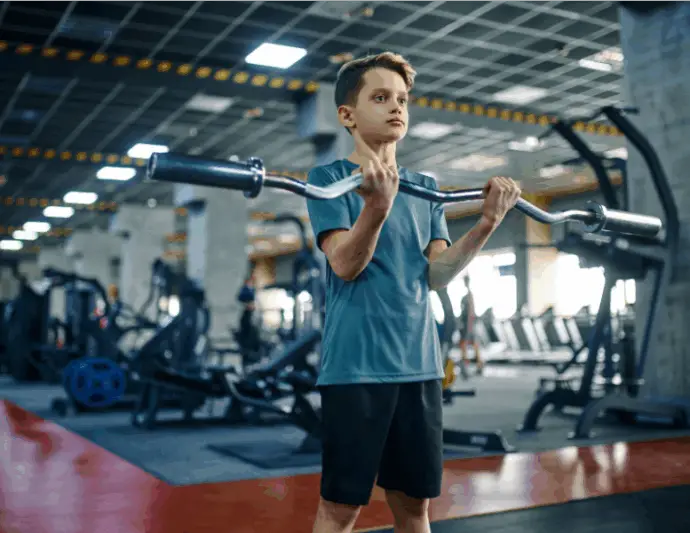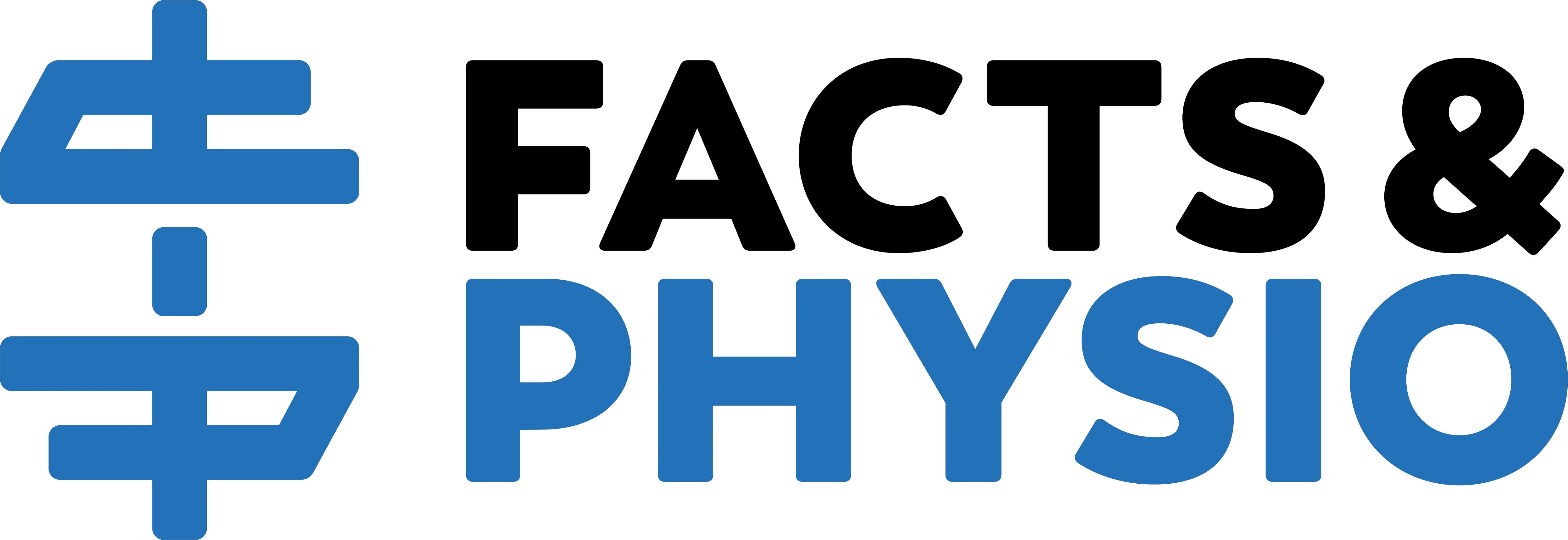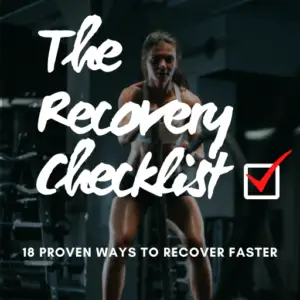Physical therapy evolved over the past few decades.
Younger physios are a new breed, armed with free weights and dry needles. They know which treatments work (and which ones don’t).
This article covers 4 key areas where evidence-based PT has advanced, so you can understand the best practices to optimize your health.
Let’s get started.
1) Passive Treatments
Passive treatments are done to the patient. Active treatments are done by the patient.
Current literature shows a clear winner; active treatments consistently outperform passive ones.
And here’s what works best – adding proven passive treatments to an active rehab plan.
Back in the 90’s, PT clinics used more ice than a cold plunge fanatic. Heat packs and e-stim also paid the bills and made patients feel better (for a few minutes).
These 3 modalities offer small, temporary effects. Recent data show ice, heat and e-stim are non-essentials in an effective recovery plan.

Instead, current evidence favors passive treatments like manual therapy, dry needling, and spinal manipulation.
Related: Ranked: 10 Physical Therapy Treatments (from Best to Worst)
2) Pain
Old school medicine viewed pain as the result of tissue damage. Avoid pain, expect healing.
Now we know that pain results from many factors – tissue damage is one small component.
Well-informed rehab pros understand that biological, psychological and social factors influence pain and healing. This is called the bio-psycho-social model.
3) Exercise
Furthermore, avoiding pain isn’t the answer. Rehabbing through light pain can accelerate healing for conditions like neck pain, back pain, tendon pain and muscle strains.
Physios used to stretch and strengthen the problem area. New evidence shows that stretching isn’t particularly effective – unless it’s targeting a specific mobility deficit.

And strengthening a muscle through a full range of motion lengthens the muscle fascicles (like stretching is supposed to do) and reduces injury risk more than stretching.
The best physios also incorporate exercise science principles like progressive overload, specificity and graded exercise into their rehab plans.
4) Lifestyle
Lifestyle factors dictate recovery, as piles of research reveal. Factors like smoking, obesity, depression exert deleterious effects on health and rehab outcomes.
Conversely, optimism, strong social support and a fulfilling career predict faster recovery from injury.
Smart PTs understand how lifestyle factors influence healing. They collaborate with clients to develop healthy habits and manage comorbidities.
And for more practical health and rehab insights, join the free Facts & Physio Newsletter. Plus, get The Recovery Checklist when you sign up.

